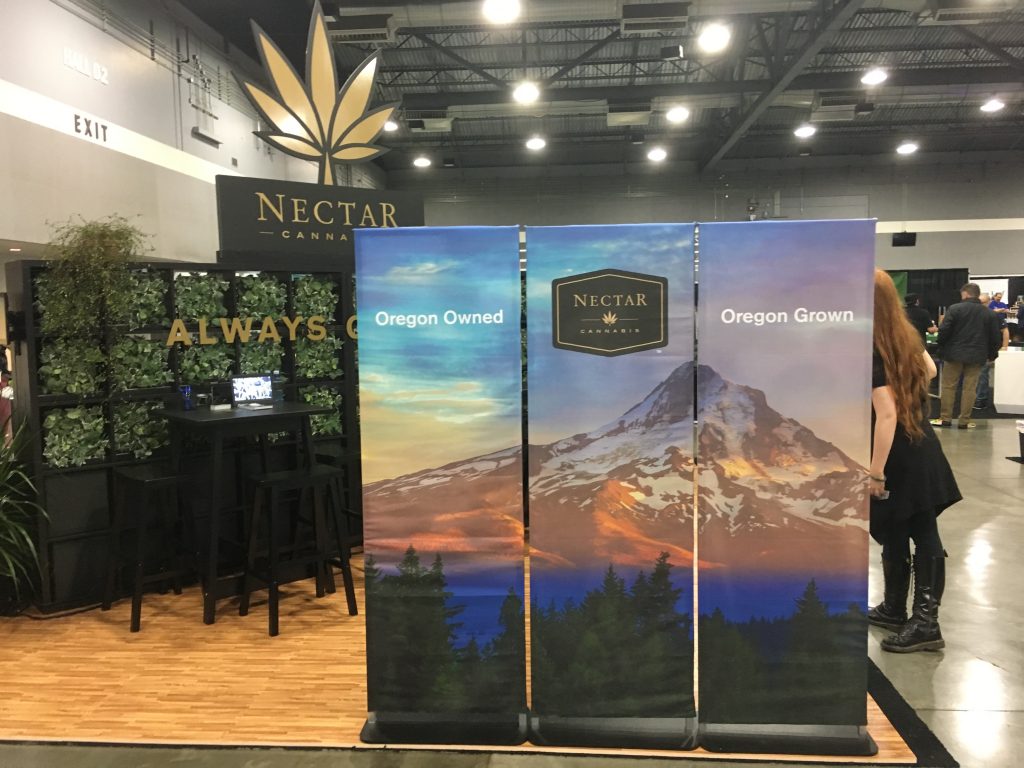Tradeshow Competitor or Collaborator?
You may think the difference between a competitor and a collaborator is easy. Pretty cut and dried. But is it?
In tradeshows you can meet all sorts of other companies. As an exhibitor, you can probably identify the direct competitors pretty easily. They’re selling either the exact same thing you are with a different name, or something that’s so similar that most people couldn’t tell them apart.
Coke vs. Pepsi. Nike vs. Adidas. Ford vs. Chevy. Classic competitors all.
There are a number of ways to work with competitors, as there are many ways in which you can identify potential partners for tradeshow promotions.
Collaborate with a Competitor
As competitors, one easy way to team up is to both promote a non-profit that is important to your industry. For example, if two outdoor clothing makers partnered up to help raise awareness for a non-profit that was working for, say, public access to forest lands, that would be a good way to position both companies as aligned and working toward similar goals.
Similarly, competing companies could team up at a tradeshow to fight for attendees’ rights. Bigger voices can have a bigger impact, especially if those voices came from well-known companies.
Create a Partner
When it comes to collaboration, it’s a bit easier to dream up ways to work with other companies that will be exhibiting at the same show. You can come up with joint promotions (you sell coffee, they sell pastries; you sell cars, they sell high-end floor mats) that are a good natural fit.
Before the show, get together with the other exhibitor and brainstorm ways you can move traffic around, or benefit from each other’s booth visitors. For example, you may have a newsletter sign-up sheet: on the paper, give people the option to sign up for your collaborator’s newsletter, too. Spell out the benefits of doing so.
However you approach collaboration with a competitor or a partner that’s not a direct competitors, realize that it will take more time and energy to make it happen, and likely a sign-off from managers to move forward. But the right collaboration can help raise brand awareness for both companies.
Pool Your Resources
If both companies are small but want to make a bigger impression, consider pooling your resources to grab a bigger booth space. Instead of 20 10x20s, share a booth and make it a 20×20. Of course, in this instance you’d want to really be ready to show visitors that you’re working together in a very significant way. But by doing this, the booth can show off more of each company’s strengths, and since it’s probably going to be a one-time appearance, it would make sense to save even more and just rent a booth instead of having a new custom booth created.
Come up with contests, or ways to involve more than one exhibitor that moves attendees from one booth location to another. Invite visitors to pick up a Bingo-like sheet with a handful of companies on it. If they go to all booths mentioned and have the sheet stamped, they can have the completed sheet submitted for a chance to win a prize package from all the companies involved.
Beyond the Show Floor
Off the show floor, you could throw a dinner or party and invite both (or more) company’s customers. By doing so, the underlying and unstated message is “We’re proud to be associated with this company and stand by their services and products.” It shows visitors something new about one company that that they may not have known before and raises the level of trust and integrity for all.


